klotzishere20
TPF Noob!
- Joined
- Dec 31, 2009
- Messages
- 80
- Reaction score
- 0
- Location
- WI, U.S.
- Can others edit my Photos
- Photos NOT OK to edit
I've windled it down to between these two. The main use is macro of course, but I also want to use this lens for indoor sports.
I've read in a review or two that the Sigma isn't very good for indoor sports.
Wondering if anyone has opinion on either or both lens
I've read in a review or two that the Sigma isn't very good for indoor sports.
Wondering if anyone has opinion on either or both lens


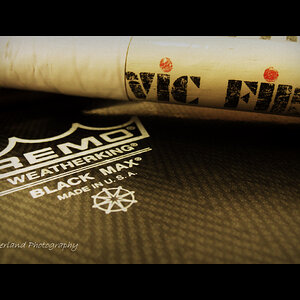
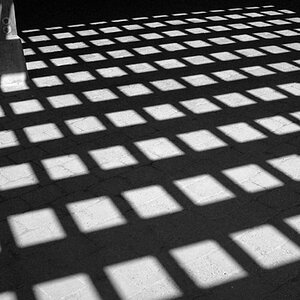
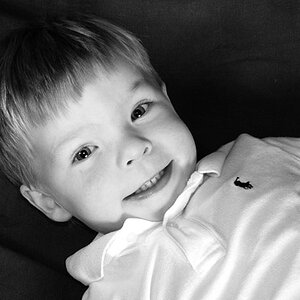

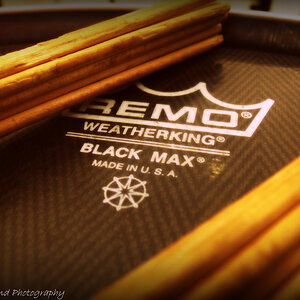

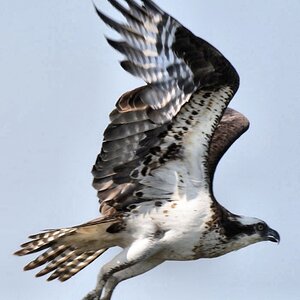
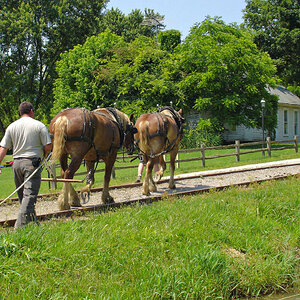
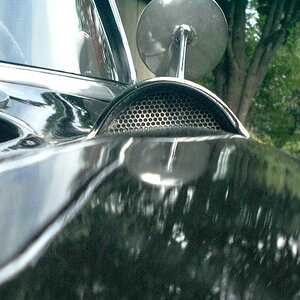
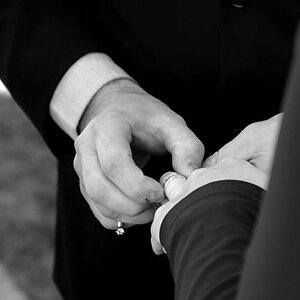
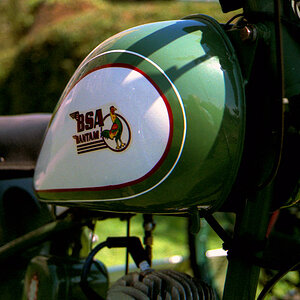
![[No title]](/data/xfmg/thumbnail/37/37490-9848752f4de5e403f7f20db193e0fb64.jpg?1619738111)